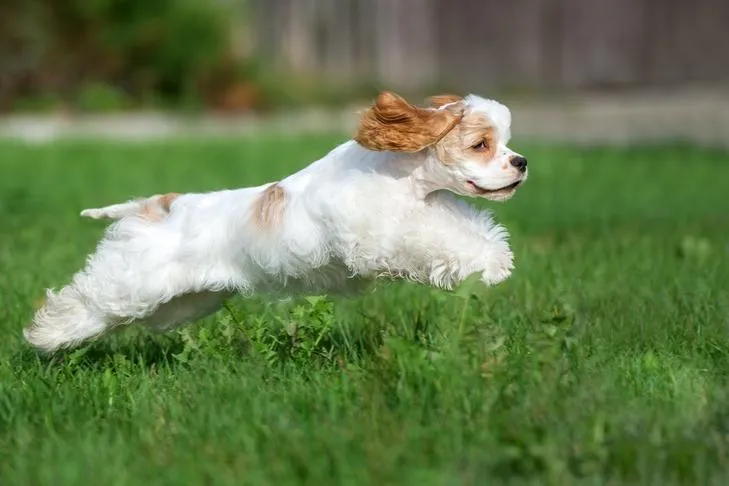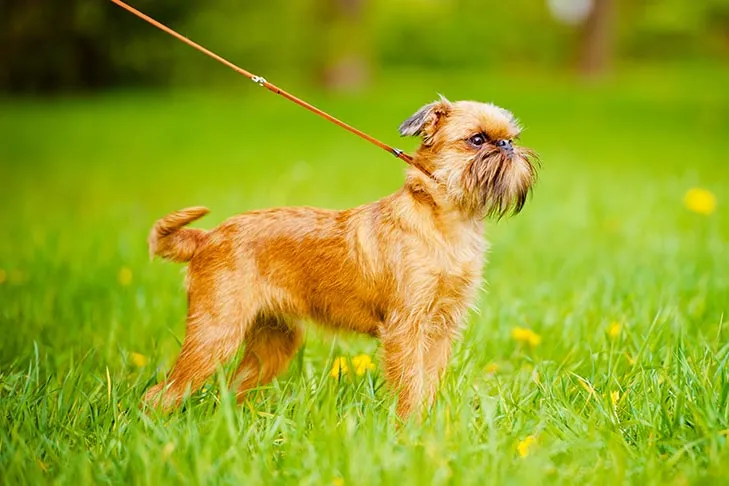Teaching your dog a reliable recall, or the ability to “come” when called, is arguably one of the most critical life-saving skills you can impart. It’s a fundamental aspect of responsible dog ownership and opens up a world of possibilities for safe, enjoyable adventures with your canine companion. However, many dog owners struggle with this command, as dogs are naturally drawn to the myriad exciting stimuli the world offers. Each time you call your dog, you’re asking them to disengage from their current activity, often something far more captivating than your voice. Therefore, the key to a dependable recall lies in making yourself the most rewarding and engaging option for your dog, ensuring that coming to you is consistently the most fun and beneficial choice.
What Constitutes a Reliable Recall?
A “reliable recall” signifies a near-perfect response rate, where you can be highly confident that your dog will come to you enthusiastically when called. While dogs aren’t machines and absolute guarantees are impossible, for a skill as vital as recall, the aim is to achieve the highest possible level of consistency. This level of trust is especially crucial if you dream of letting your dog enjoy off-leash freedom in unfenced areas or wish to have them under control in unexpected emergency situations.
The Importance of a Strong Recall
A robust recall is the cornerstone of an off-leash lifestyle. It’s what allows your dog to safely explore the environment while remaining connected to you. Beyond recreational activities, a solid recall is a safety net. In an emergency, such as a sudden hazard or an unexpected encounter, the ability to instantly call your dog back to your side can prevent serious injury or even save their life. It’s also a courtesy to others and a demonstration of your commitment to being a responsible pet owner, adhering to local laws and respecting public spaces.
Effective Strategies for Training Recall
Making recall training a game is paramount to fostering enthusiasm. Begin in a controlled, low-distraction setting, like your home. Initially, capture your dog’s attention with a favorite toy or a high-value treat. As they move towards you, offer enthusiastic praise and then a tangible reward. Once your dog starts associating this positive reinforcement with coming to you, you can begin to introduce your chosen verbal cue, such as “come” or “here.” It’s vital to only add the cue when you observe your dog already initiating movement towards you, ensuring they connect the word with the action they’re about to take.
Gradually increase the challenge by asking for the recall before revealing the reward. However, always ensure a generous reward with a particularly enticing treat – think bits of chicken, cheese, or beef liver – upon their arrival. You can also slowly increase the distance between you within your controlled environment. For instance, you might call your dog from across the room, then from another room, always reinforcing their successful return. If your dog struggles with distractions at home, consider exploring training techniques that build focus in quieter environments.
 A fluffy brown dog is sitting on a green grassy lawn. ©OTS-PHOTO – stock.adobe.com
A fluffy brown dog is sitting on a green grassy lawn. ©OTS-PHOTO – stock.adobe.com
Engaging Recall Games to Enhance Learning
To make recall training both fun and effective, incorporate these interactive games:
Catch Me: While your dog is on a leash, grab their attention and then jog a few steps away. As they follow, cheerfully say your recall cue. Stop after a short distance and reward them with praise and a treat or toy. Ensure your dog is engaged before you start running to prevent sudden tugs on the leash. This game encourages your dog to see you as a fun chase.
Find Me: Once your dog has a good grasp of the basic recall, you can increase the excitement by calling them from a different room. When they find you, shower them with praise and rewards. This game of hide-and-seek is incredibly enjoyable for both you and your dog, reinforcing that coming to you leads to a positive reunion. For dogs who are new to the concept of seeking, starting with very short distances can be helpful.
Hot Potato: Enlist the help of family members or friends. Provide them with high-value treats. Stand a short distance apart and take turns calling your dog. Reward your dog each time they successfully come to the person who called them. This game is excellent for teaching your dog to respond to multiple people and reinforces that coming to different individuals can be rewarding.
A common pitfall in recall training is to call your dog, immediately leash them, and head home. This can inadvertently teach your dog that “come” signals the end of fun, diminishing their enthusiasm for future recalls. A better practice is to recall, praise, reward, and then release your dog back to their previous activity. This teaches them that coming to you doesn’t always mean the fun stops, but rather that they can return to their play after a brief, rewarding interaction. This strategy is particularly helpful when trying to get your dog to pee in the garden, as it ensures they don’t associate the command solely with the end of their outdoor time.
Addressing “Poisoned Cues” in Recall Training
If your recall sounds like a desperate plea, such as “Come! Come! Come! Please come!” you may have inadvertently created a “poisoned cue.” This happens when a command loses its clear meaning or becomes associated with something negative, leading to the dog ignoring it. Overuse of a cue without a positive outcome is a prime way to poison it.
 A Brussels Griffon dog stands in the grass on a leash. ©otsphoto – stock.adobe.com
A Brussels Griffon dog stands in the grass on a leash. ©otsphoto – stock.adobe.com
If you suspect your cue is poisoned, the best remedy is to introduce a new verbal cue, such as “here” or “close.” Then, revert to basic training principles, starting from scratch with the new command. This fresh start allows you to rebuild a positive association with coming to you, ensuring your dog understands and eagerly responds.
Essential Recall Training Tips for Success
Avoid Repetition: If you find yourself repeating the recall cue, it likely means the environment is too distracting, or your dog hasn’t fully grasped the skill at that level of difficulty. Step back to a less distracting environment or simplify the exercise.
Reward Eye Contact and Proximity: When you notice your dog looking at you or voluntarily staying close, offer immediate verbal praise and a treat. While you may use many treats initially, you’re reinforcing the powerful lesson that attention and proximity to you bring good things. This also helps them get used to a leash, making future walks more enjoyable.
Never Punish for Coming: Regardless of how long it took your dog to respond, always praise a recall. Associating coming to you with punishment will destroy your training efforts and create a fearful response.
High-Value Rewards are Key: For recall training, especially in the early stages, use highly motivating treats and toys. You want your dog to eagerly anticipate the reward that follows their successful recall.
Daily Practice is Crucial: Consistently practice recalls, gradually increasing the difficulty and the level of distractions. Rushing the process can lead to confusion and a less reliable response. Consistency in a controlled environment, like crate training a puppy for potty training, can build a strong foundation.
In Emergencies, Don’t Chase: If you need to recall your dog urgently and they are not responding, chasing them will likely encourage them to run away further. Instead, try running in the opposite direction. This often triggers their chase instinct, encouraging them to follow you. This is also a useful tactic when teaching your dog how to make a dog litter box outside, as it helps them associate movement with you positively.
A reliable recall is a journey, not a destination. By applying patience, consistency, and positive reinforcement, you can build a bond of trust with your dog that ensures they’ll come running to you every single time. Remember, a well-trained dog is a happy dog, and a happy dog makes for a happy owner.
